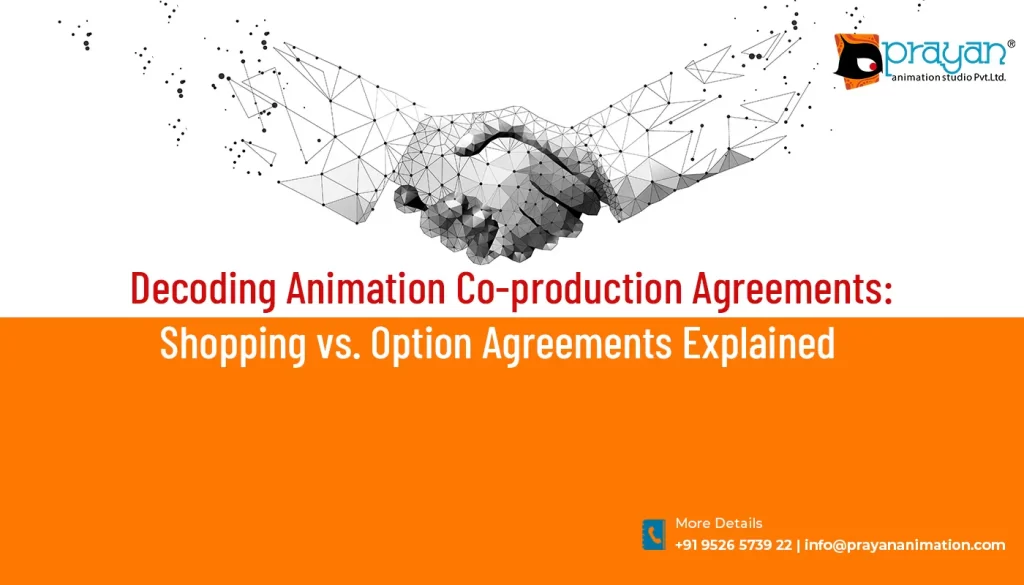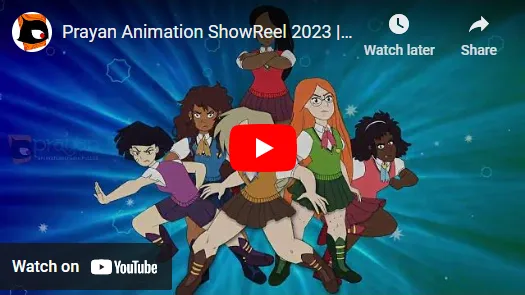Decoding Animation Co-production Agreements: Shopping vs. Option Agreements Explained

The participants in an animation co-production will enter into detailed legal agreements that spell out their respective rights, responsibilities, and terms. Shopping agreements and option agreements are two of the most important contracts in this field. All of these legal agreements are important to the animation co-production process, but they each have their own unique function.
Shopping Agreement:
The term “Shopping Agreement” is used to describe a legal agreement in animation co-production between a production firm or creator and a possible investor or distributor. During the time allotted in this agreement, the investor or distributor will have the only authority to assess the project. It gives the distributor or investor time to think about the concept and negotiate the terms before deciding to fund or distribute it.
Important Elements in Shopping Agreement:
- – A window of opportunity for the investor or distributor to assess the project and make a funding or distribution decision is granted to them exclusively.
- – Protecting Confidentiality: In order to keep the contents of the project under wraps while it is being evaluated, a Shopping Agreement may often contain confidentiality terms.
- – The duration of time that the creator/production business and the potential investor/distributor have to negotiate is defined by the negotiation period.
- – Importantly, neither the investor nor the distributor is obligated to commit to funding nor distributing the product by virtue of a Shopping Agreement. Simply said, it gives them a chance to see what the project is capable of.
The Option Agreement:
In contrast, for a set length of time, one party can obtain the rights to a certain animation project through an Option Agreement. When considering adapting a script, book, or other intellectual property into an animated series or feature, producers or studios often employ this agreement to secure the rights.
Option Agreement Essentials:
The holder has the unique opportunity to negotiate and maybe purchase the rights to the specified intellectual property.
During the development period, the holder has the opportunity to refine the concept or seek out additional funding to bring it to fruition.
The acquiring party often pays a price up advance in exchange for the exclusive rights when acquiring an option. If the option is exercised, the charge is usually applied to the purchase price.
You are usually obligated to move on with the project within the given time frame and under specific conditions when you enter into an Option Agreement, as opposed to a Shopping Agreement.
Differences of Note:
Objective: While Option Agreements seek to acquire exclusive rights for future development, Shopping Agreements evaluate projects for possible distribution or finance.
Typically, an option agreement will have a duty to move forward with the project, whereas a shopping agreement will not require any kind of commitment.
Difference Between Shopping Agreements and Option Agreements: The former deals with assessing an existing project, while the latter deals with obtaining the rights to develop a project.
While they serve different purposes, Shopping Agreements and Option Agreements are both essential in animation co-productions. For creators, producers, and investors to successfully traverse the complex terrain of collaborative animation projects, it is crucial to grasp the intricacies of these agreements.














 We can help you.
We can help you. 




